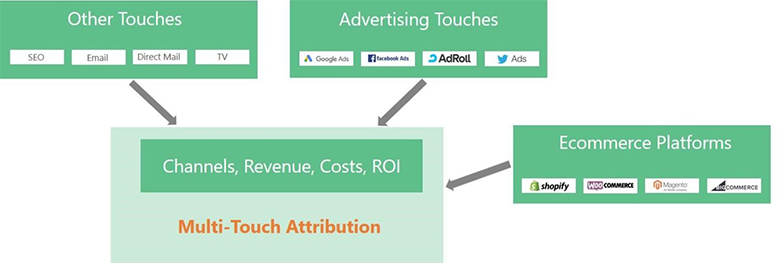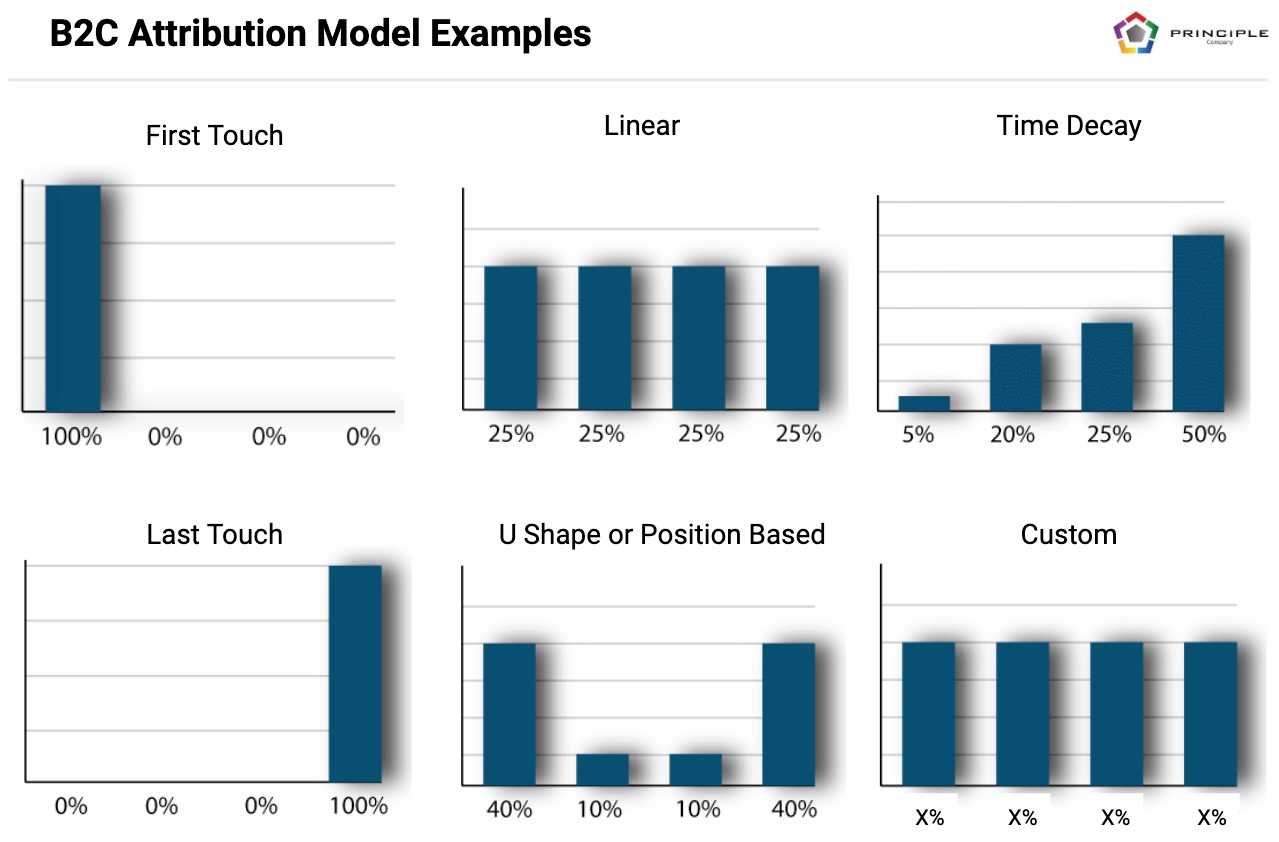

Each touch-point can be considered a participant in a game, and the payoff can be modelled as the total purchase value across all customers.

The Shapley model comes from the world of game theory and provides a fair way to distribute a payoff between participants of a collaborative game based on their level of contribution. Survival models transform the “effect of some treatment on time to death” problem from bio-statistics into an “effect of some touch-point on time to conversion.” The setup of the survival model requires several definitions and is beyond the scope of this post. The bulk of the literature around this topic tends to focus on 3 main approaches. There are various types of models at our disposal to solve this kind of problem. Instead of coming up with the rules ourselves, we can let our data do the talking. More than 90% of organizations are not leveraging data to inform their attribution models, and about 1/3 of those don’t even attempt to track spend down to revenue.Ĭan we do better than guessing at this core business problem? Data-Driven Attribution Approaches I say “traditional methods,” but that’s a misnomer because, unfortunately, this is the current state of the industry. For example, if I have a lead generation business and I’m just running ads to a client’s website, it’s in my best interest to take 100% of the credit via a first-touch model and get paid accordingly💰. You also have to be mindful that these can also be bent to serve one’s incentives.

Indeed, this sentiment is echoed by the nearly 78% of marketers who are not sure if they’re using the correct attribution model. Well… we made them up, and that should make you feel at least a little uncomfortable.

What do all these heuristics have in common? How might you use common sense to assign credit to each touch-point for a particular customer purchase?ĭepending on your perspective, you might apply different heuristics about the influence of each experience in the customer journey: It applies equally well to a specific campaign, marketing channel, sales action, or even interactions with your customers in your digital products.
#MULTITOUCH ATTRIBUTION FREE#
Throughout the post, I will use the word “touch-point” because this is a very general model, but feel free to translate this directly into your own domain. This post will explore how multi-touch attribution has traditionally been handled and how you can improve your attribution models with a touch of data wizardry. Organizations that use sophisticated attribution models to map their spend to revenue are twice as likely to have revenue growth of 20% or more. It has a direct link to how efficiently you spend your resources to achieve business growth. Every interaction between your business and the customer contributes to the buying experience, and therefore, owns a piece of the attribution puzzle.Īttribution is not purely a theoretical exercise. Which campaign/channel is really bringing in the money? Marketers deal with this issue head-on because they must spend limited resources on multiple channels of influence, and prospects have many touch-points with the business during their customer journey. Knowing which efforts are paying off allows you to double down and scale them up, while understanding where time and money are being wasted allows you to get more done by doing less. One of the most precious pieces of information you can have to run your business effectively is to understand the revenue being generated as a direct result of some business activity.


 0 kommentar(er)
0 kommentar(er)
